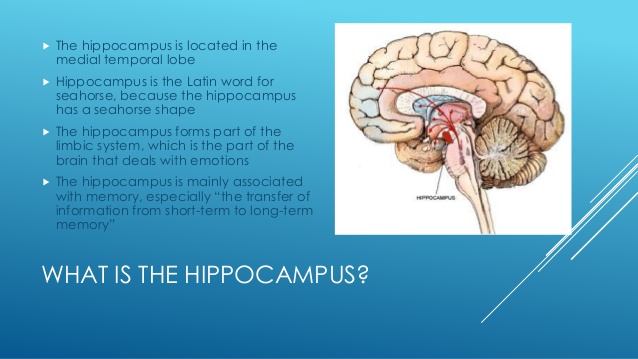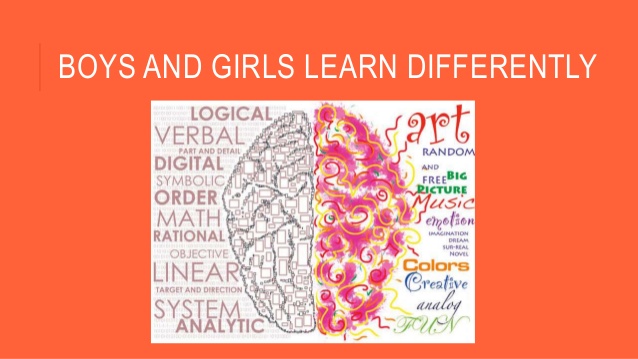
Dr. Leonard Sax has attracted positive and negative attention for his views on gender. Based on the notion of innate differences between the sexes, he advocates parenting and the education of children differently based on their gender.
On June 18, 2017 Vero Communiqué published an article on “Should the School District of Indian River County FL Consider Single Gender Schooling.”
This article was written at the suggestion of Mr. Charles Searcy, Chairman of the Board of the School District of Indian River County, FL, who referred us to the then-principal of the Treasure Coast Elementary School, Kelly Baysura, who has a wealth of knowledge about single-gender schooling, based on her experience when she was the assistant principal of the Fellsmere, FL elementary school, where single-gender schooling was initiated 10 years ago.
(Ms. Baysura was selected as IRC principal of 2016 – 2017 school year and in May, 2017 was named to a newly created position as Executive Director of the School District of Indian River County Elementary Programs, where she will oversee grades K-5 curriculum, principals and staff training.)
So what are the innate differences between the sexes?
Have you heard of “Positron Emission Tomography (PET)?” According to WebMD, PET it “is a test that uses a special type of camera and a tracer (radioactive chemical) to look at organs in the body.” Combined with Magnetic Resonance Imaging (MRI), a test that makes pictures of organs and structures inside the body, Michael Durian and Kathy Stevens wrote in Educational Leadership (November 2004) that these technologies “enable us to look inside the brains of boys and girls, where we find structural and functional differences that profoundly affect human learning. These gender differences in the brain are corroborated in males and females throughout the world and do not differ significantly across cultures.”
Our June 18, 2017 article cited many tests across the country, and even in Switzerland, that corroborated these differences.
The Minds of Girls:
The brain has two hemispheres. The right hemisphere is referred to the creative side of the brain, while the left hemisphere is the logical or analytical side of the brain. Once again, according to their article in Educational Leadership, the tissues between the two hemispheres are up to 25% larger in girls than boys, by adolescence. For girls, this results in more detailed memory storage, better listening skills and greater detail in writing skills.

Additionally, the hippocampus, an area of the brain responsible for processing of long term memory and emotional responses, is larger in girls than boys. This is a learning advantage for girls over boys.

These factors pinpoint why girls perform better than boys with respect to reading and writing.
The Minds of Boys:
Boys have more areas in the brain dedicated to spatial abilities. According to Wikipedia, “Visual-spatial abilities are used for everyday use from navigation, understanding or fixing equipment, understanding or estimating distance and measurement, and performing on a job.” They are key to achieving success in mathematics, chemistry and physics.
Another issue is serotonin, which regulates anxiety, happiness, and mood; and oxytocin, which eases stress and improves social skills. Boys have less serotonin and oxytocin, which speaks to why boys mature more slowly than girls and pick-up less social signs than girls. Boys, meanwhile, are fidgety and need to move around to feel comfortable.

Statistics gathered by the U.S. Department of Education since 1981 reveal that boys perform worse than girls in most categories. The 2000 National Assessment of Educational Progress found that boys lag “one and one-half years behind girls in reading/writing and girls are only negligibly behind boys in math and science.”
Again, according to the article in Educational Leadership by Michael Durian and Kathy Stevens, the following statistics for the United States illustrate these concerns:
- Boys earn 70 percent of Ds and Fs and fewer than half of the As.
- Boys account for two-thirds of learning disability diagnosis.
- Boys represent 90 percent of discipline referrals.
- Boys dominate such brain-related learning disorders as ADD/ADHD, with millions now medicated in school.
- 80 percent of high school dropouts are male.
- Males make up fewer than 40 percent of college students (Gurian Institute, 2001, an organization that administers child development, education and male/female differences.)
Single-sex education, which is to teach boys and girls in separate classrooms, addresses many of the issues presented above. A May 2016 article in Great! Schools reported that the National Association for Single-Sex Public Education (http://www.singlesexschools.org/home-introduction.htm) estimated that 400 public schools are offering some form of single-sex education.
The article reports that with single-sex education, “girls are free of the pressure to compete with male-dominated subjects such as math and science. Boys, on the other hand, can more easily pursue traditionally ‘feminine’ interests such as music and poetry.”
The task for the School District of Indian River County is to more deeply understand the gendered brains of children. Then it is to address this understanding and take action to help each child learn in their most optimum setting. Single sex education should be an option for our parents.

References:
http://brainmadesimple.com/hippocampus.html
http://brainmadesimple.com/corpus-callosum.html
https://en.wikipedia.org/wiki/Spatial_ability
https://www.healthline.com/health/mental-health/serotonin#functions2
https://www.livescience.com/35219-11-effects-of-oxytocin.html
http://www.huffingtonpost.com/dr-gail-gross/how-boys-and-girls-learn-differently_b_5339567.html
http://greatschools.org/gk/author/kristinstanberry/
Strange Tom, for the first time I cannot open your Communique. Charlie
Sent from my iPad
>
LikeLike
This reminds me of an open letter sent a couple of years ago to Governor Scott from a disgruntled female Florida university professor. She complained that academicians like herself had not been invited to a discussion on Florida education by a number of top education officials and experts in Tally. One of her more pointed comments was, “Maybe you didn’t invite us because you know we will explain to you that “gender” is a social construct!” My first thought was How Sad – this person is teaching college students.
LikeLike